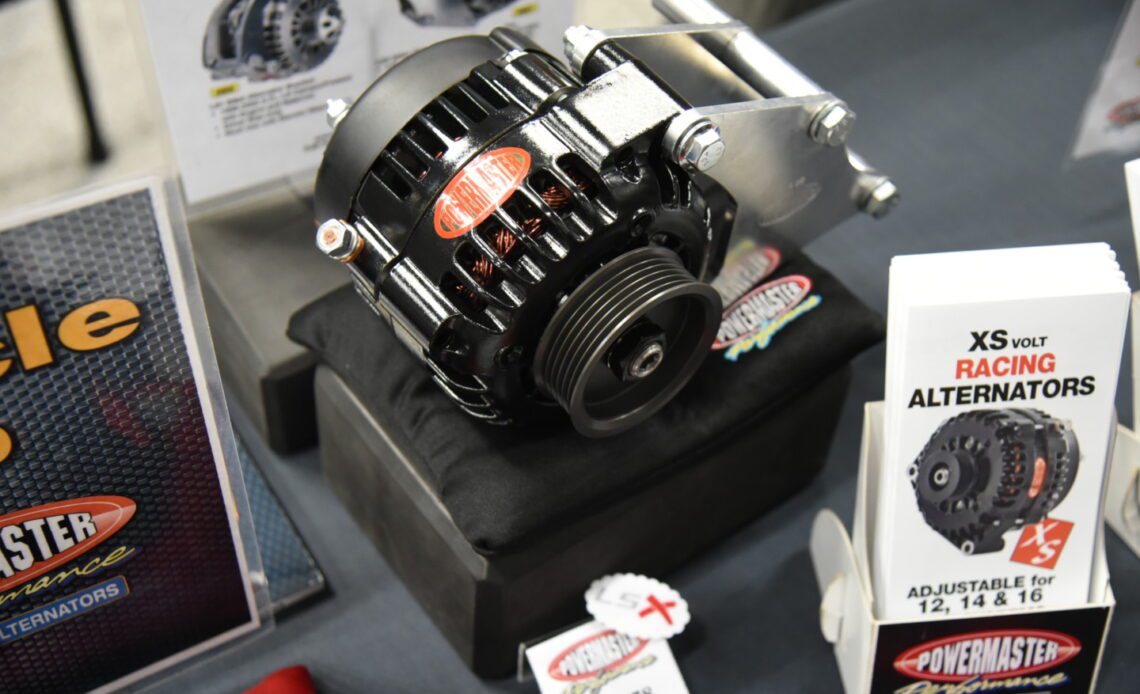With the popularity of big-horsepower street cars and events that require vehicles to be able to drive extended miles at an all-time high, the survivability of the vehicles is being tested to the limits. The electrical system is of utmost importance for any vehicle that sees street duty or short-burst run times on the race track. Specifically, the charging system must be adequate for keeping the car running on the road and handling the demands of a high-horsepower street or race car.
New for this year, Powermaster has not only met but exceeded those demands with its new XS Volt line of alternators. Packed with features and performance synonymous with the Powermaster brand, the XS Volt alternator could be the last unit you buy for your vehicle.
The XS Volt features the same one-wire design that other models on the Powermaster lineup have, meaning it only requires a single battery output connection. What sets the XS Volt apart is the additional features, including adjustable voltage output and a power-saving mode.
The adjustable voltage is achieved via a potentiometer on the unit’s backside. This set point is the voltage goal the unit is seeing. The voltage output of the unit can be changed while the engine is running by simply turning the potentiometer, and has a range from 13.5 volts up to 18.2 volts. This means that a single Powermaster XS Volt alternator can be used with 12-volt and 16-volt systems. Additionally, the same XS Volt alternator can be adjusted to charge sensitive gel batteries at lower voltages and can work with hybrid 14-volt batteries.
The power-saving mode is a new and fresh idea for the racing community for alternators. The XS Volt has two operating levels. Bearing in mind that the horsepower draw of an alternator is proportional to the amperage being drawn from it. Changing from the high level to the low level at the correct times can save you horsepower.
By grounding an optional terminal on the XS Volt, the set point drops 1.25 volts to its low-level output. That means if it’s running at 14.8 volts for a 12-volt system, grounding the terminal drops it to 13.65 volts. This decreases the horsepower drag of the alternator on the engine, and depending on the amp load of the vehicle, the battery’s size, and the alternator’s size, there can be as much as two-horsepower savings.
Setting up the power-saving mode is straightforward. The signal to the regulator is just a connection to a ground triggered by something like a…
Click Here to Read the Full Original Article at DragzineDragzine…


